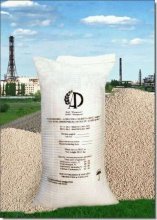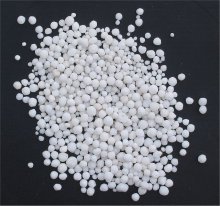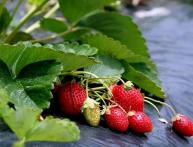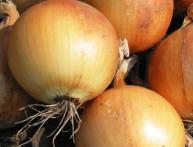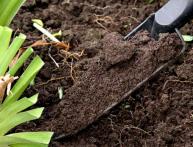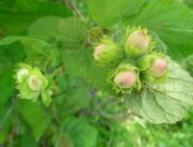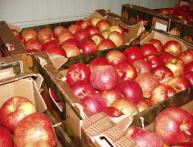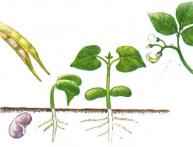Ammonium nitrate: use in gardening, proper use
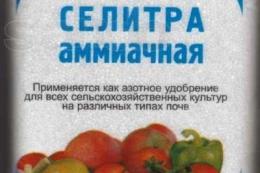
The most popular nitrogen fertilizer is ammonium nitrate. It contains about 34.6% nitrogen. This fertilizer is used for the growth of flowers, shrubs and trees. Ammonium nitrate is also fed to fruit crops to increase productivity.
Content:
Description of the fertilizer
Ammonium nitrate is presented in the form of a white powder or granules with a slightly yellowish tint. Other names for fertilizer: ammonium nitrate, ammonium nitrate. To obtain ammonium nitrate, concentrated nitric acid and ammonia are used. Ammonium nitrate promotes plant growth, increases productivity and increases resistance to adverse factors.
In addition, it protects plants and fruit crops from possible fungal diseases. The shelf life of the harvested crop is much longer than that of crops without the use of saltpeter. At the same time, saltpeter does not affect the quality of the harvest. Ammonium nitrate is highly soluble in water, so when using fertilizer watering, it penetrates well into the soil and saturates it with essential microelements.
Thanks to this, saltpeter can be used both in dry form and in dissolved form. It can also be combined with other types of fertilizer. In waterlogged areas, nitrogen may be leached into groundwater.The disadvantages of ammonium nitrate include acidity. With increased acidity, a decrease in yield is observed. To reduce it, dolomite and lime are used in equal proportions.
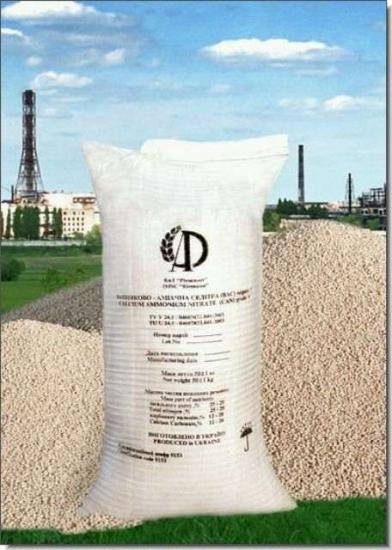
To reduce hygroscopicity and caking during granulation, conditioning agents are usually added, namely: bone meal, kaolinite, etc. If caking occurs, it is necessary to grind the fertilizer and then sift it to avoid excessive concentration of nitrate.
It is important to comply with the storage conditions for ammonium nitrate. Should be stored in a dry place. Fertilizer should be packaged in moisture-proof plastic bags. Ammonium nitrate is flammable, so it is recommended to store it away from various flammable materials.
Where is saltpeter used?
Ammonium nitrate is a universal fertilizer that is used to feed flowers, shrubs, trees, and root crops. Fertilizer is used as a top dressing when growing seedlings. Ammonium nitrate can be used even during the development or active growth of the plant. Can be used on different soils. Nitrate is widely used not only in gardening, but also in indoor floriculture. Ammonium nitrate in combination with potassium salt and superphosphate.
Usually used for feeding slow-growing flowers, palm trees, ferns, and decorative foliage plants.
Ammonia is not used saltpeter for fertilizing cucumbers, zucchini, pumpkin and squash, since nitrates accumulate in these crops, which are harmful to humans. It is not recommended to apply ammonium nitrate in the second half of summer. This provokes rapid growth of plant stems, which causes damage to the formation of fruits.
Ammonium nitrate can be used both in summer and winter. This is the main difference from other types of fertilizers. In this case, it should be inserted at least 10 cm deep.
How to apply fertilizer correctly
The amount of fertilizer applied depends on the quality of the soil. If the earth is depleted, then it must be recharged. Per square meter you will need about 35-50 g of ammonium nitrate. Cultivated soil will require no more than 20-30 g of fertilizer. Depending on the type of cultivated and fruit plants, the fertilizer consumption rate will differ. Vegetables need to be fed 2 times - before flowering or after fruit set.
For root crops you will need about 5-7 g of nitrate per square meter. Fertilizer in granular form must be applied to the furrows between the rows and buried 2-3 cm into the ground. Fertilizing is carried out after the emergence of seedlings in 20 days. Fertilizer consumption for fruit trees is higher, in contrast to other types of crops. Ammonium nitrate is used in dry form once with the appearance of the first leaves.
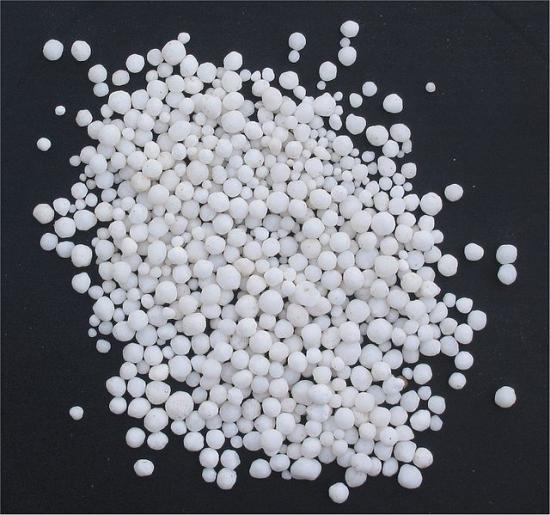
The trees are fed in the form of a solution several times during the summer, directly applied at the root. To prepare the solution, take 25-30 g of saltpeter per 10 liters of water. Application fertilizers for young gooseberry and currant bushes, apply at the rate of 30 g per square meter. If the bushes begin to produce berries, then the amount is increased to 50 g.
Feeding should be done systematically once every 2 weeks. To obtain a good strawberry harvest, it is also recommended to fertilize the crop with ammonium nitrate. It is recommended to apply fertilizer only in the second year. Sprinkle the granules into the furrows between the rows and cover them with a rake.
In the future, you need to feed the strawberries with a mixture of mineral fertilizers, which, in addition to nitrate, includes: superphosphate and potassium chloride. All components must be taken in equal quantities. One part of the fertilizer is applied directly in the spring, and the second after harvesting. Each application of fertilizer should be accompanied by abundant watering. If you apply fertilizer to the root zone, you must immediately water it with water to prevent burns to the root system.
Ammonium nitrate cannot be added together with peat, sawdust and straw, as the substance may ignite when interacting with each other. For indoor plants, fertilizer is applied before flowering, and for decorative deciduous plants during the growth of leaves. It is important to remember that applying too much fertilizer has a worse effect on plants than not giving enough nutrients.
When using ammonium nitrate as a fertilizer, the proportions and timing of application must be observed. feeding for different cultures. The use of this inorganic fertilizer will increase the yield and taste characteristics of fruit and vegetable crops.
Video about the correct use of ammonium nitrate as a fertilizer:

